Picking a starting Hurricanes team for round one of Super Rugby Pacific

The wait for the return of Super Rugby has been a long one for Hurricanes fans after last year’s performances saw them finish behind all of their Kiwi competitors for the first time since 2004.
They aren’t short on flair when you look across their backline, but their lack of size in the forwards and scarcity of depth leaves a lot to be desired.
However, any team that fields experienced heads such as Ardie Savea, TJ Perenara, Dane Coles and Jordie Barrett can’t be taken lightly.
If their aspirations for the season are to make a deep run into the playoffs, their main acts are going to need the supporting cast to step up to the plate, with an added hope that a few individuals exceed expectations.
Super Rugby Pacific shapes as being an uphill battle for the black and yellow, but if they’re to get off on the right foot with all of the troops they have available their best XV for round one may look something like this:
1. Pouri Rakete-Stones
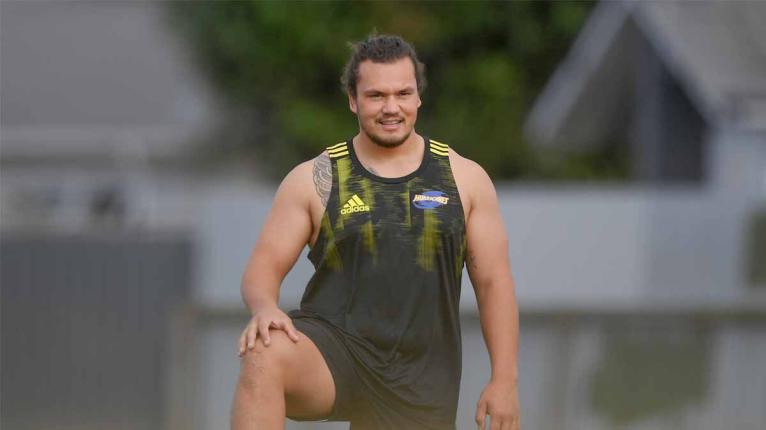
The 24-year-old is yet to make a real fist of his opportunities at the Super level, and with Owen Franks ruled out for the bulk of this season, the hope would be that this is the year everything clicks. The Maori All Black is a monster in the weight room and has shown flashes of that power when afforded the chance to run with the ball in space, but his top priority will be shoring up the left side of the scrum. If he can hold his own there and nail his accuracy when cleaning rucks, then he’ll be hard for Jason Holland to keep off the team sheet.
2. Dane Coles
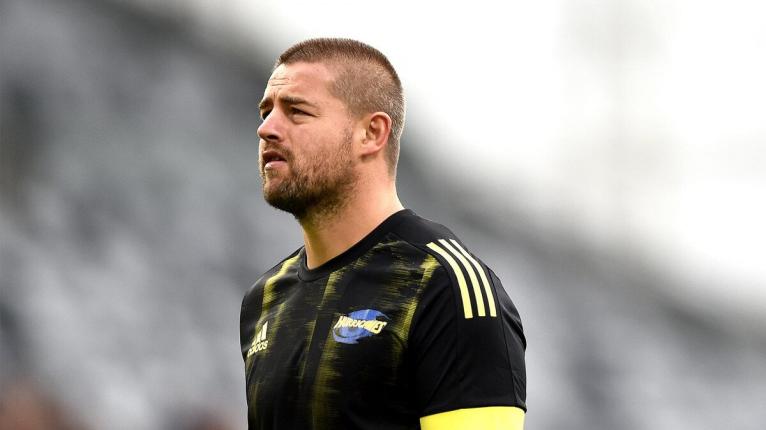
The long-serving All Black may not be as quick as he once was, but the former skipper makes up for his slower 100-metre time with a calmness that seems to better those around him. There’s something to be said about a guy who’s managed to keep a talent like Asafo Aumua having to bide his time, and don’t forget that he still has as good an eye for the try-line as any other front rower going around – seven dots in six outings for the All Blacks last year. As the old adage goes, “games are won up front”, so if the Canes are to notch any victories in 2022, you’d best believe Coles will be the one spearing them ahead.
3. Tyrel Lomax
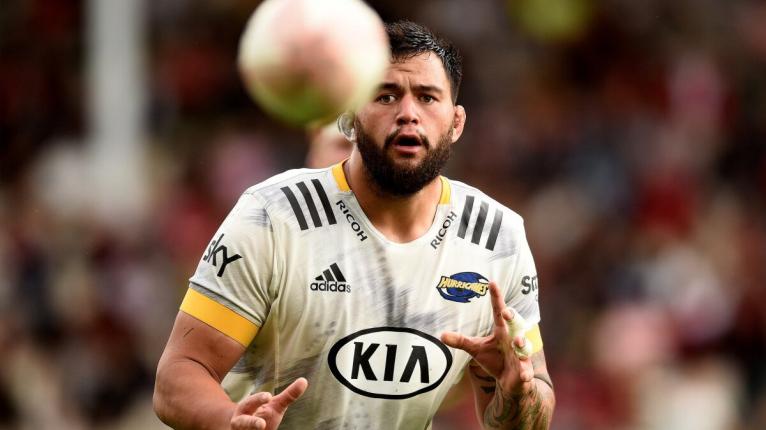
For all the talk there has been in recent years around props needing to be more involved around the park, it’s important to remember that their core role is to get their scrummaging right, especially at tighthead. Lomax was lauded as a huge get when he decided to return home in 2020, but his performances have been overshadowed by the Hurricanes coming off second best more often than not at the set piece. Similar to his All Black teammates, Lomax won’t feature in the preseason, but given his lack of game time in a black jersey, you’d expect him to be raring to go round one.
4. James Blackwell
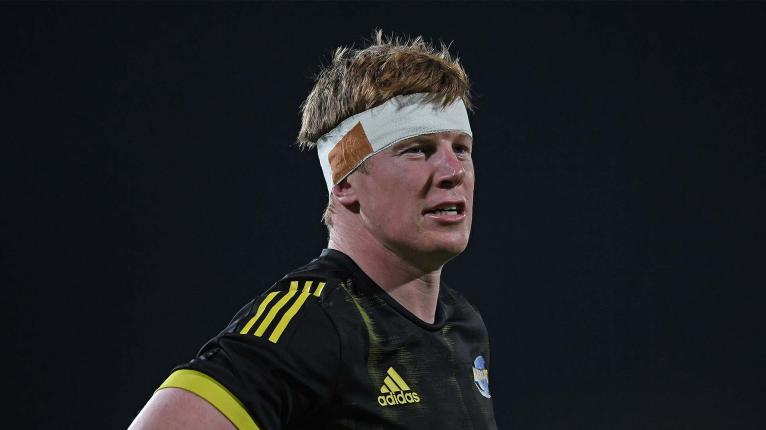
A natural leader with a tireless work rate, Blackwell is the sort of player that every team needs in their pack. He won’t wow you with his performances, but you can rely on him to make his tackles and be the first one to raise his hand to care for the dirty work. If he can add some dynamism to his tool belt ,it’ll only further complement those around him.
5. Scott Scrafton
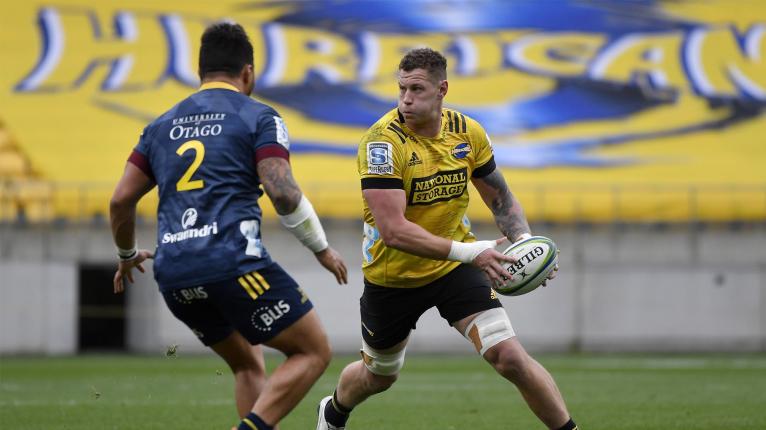
Scrafton made his name for the Blues before being lured away by the Hurricanes in 2020. He has battled his fair share of injuries as a professional after emerging as a player with promise for the New Zealand Schools, but, when on the field, has made a real impact for the black and yellow. The lack of depth at lock is an area of concern for the Hurricanes, so Scrafton’s health will have greater significance than past seasons.
6. Devan Flanders
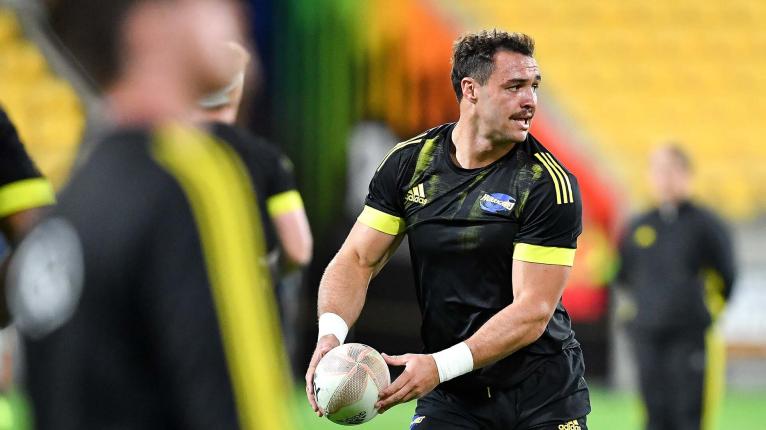
Dubbed a man-child during his time at Hasting Boys’ High, it seemed inevitable Flanders would transition to the big leagues. Within two years of leaving school, he had earned his first Super Rugby contract, and after putting himself in the picture the past two seasons, he looks set to lock down a spot in the run-on side. His height could be a real asset for the Hurricanes in the lineout and he’s nimble enough to warrant being placed on an edge. His style of play paired with a toiler like Kirifi and cyborg in Savea is a tantalising prospect.
7. Du’Plessis Kirifi

2021 was somewhat of a down year for the openside after being named on the pine on occasion following inclusion in the All Blacks squad that travelled to Australia for the Rugby Championship the previous year. He isn’t the biggest loosie running around and he could do a better job at picking his moments when getting over the ball, but his relentless attitude and willingness to put himself in harm’s way appears to rub off on his teammates. Like his skipper, you can expect him to give 110% every week.
8. Ardie Savea
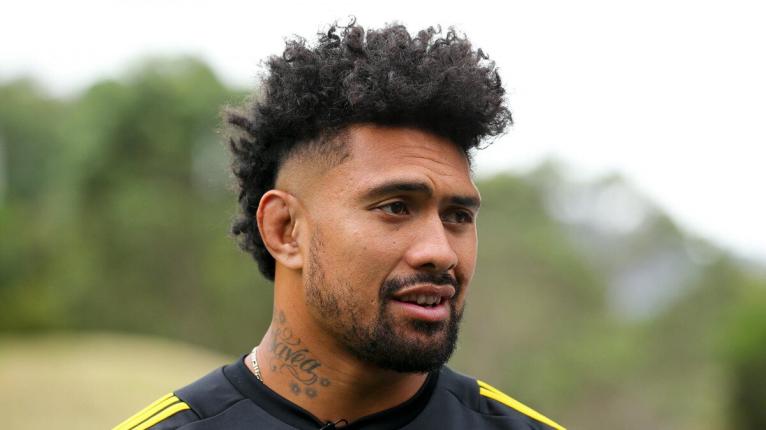
It’s hard to imagine a player of Savea’s calibre getting any better considering the other-worldly level he performs at, yet he still finds a way to defy the norm. He has always been a superior athlete, but the past few seasons as he’s come into his own, we’ve seen how special his rugby instincts are and his knack for making a big play when his team needs it. The honour of captaining his franchise coupled with his million-miles-an-hour style of play appeared to weigh on him as the season wore on in 2021, but as we’ve come to learn, if there’s any man who has the leg drive to get himself out of trouble, it’s him. You can rest assured Savea will turn up to do his job, the length to which he goes above and beyond is the only unknown.
9. TJ Perenara
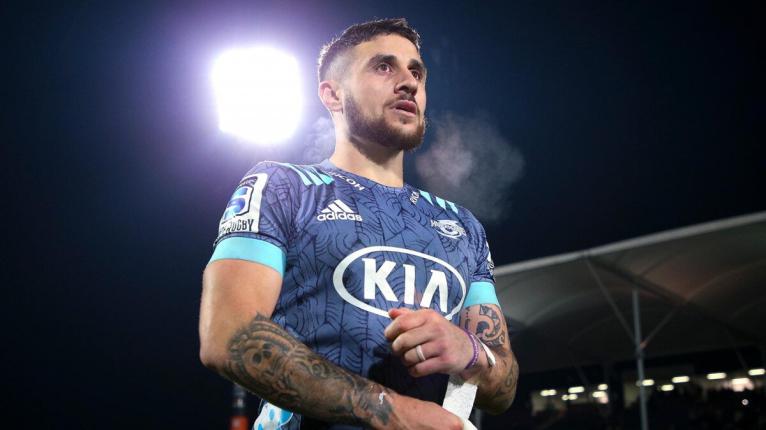
Losing Perenara after Beauden Barrett’s shift north was unwelcome news for the Cake Tin faithful, but his absence had an even greater sting when it was announced Jamie Booth would also be missing from the action in 2021. While many couch pundits, including myself, have their reservations about the All Black’s ability to clear the ball, what can’t be questioned is the influence he has on the group. His input and guidance from the base should make life easier for whoever’s outside him. Talk on defence is another area where he will help tighten things up and his ball-sense could prove pivotal for a team that may need to chance their arm more than others.
10. Ruben Love
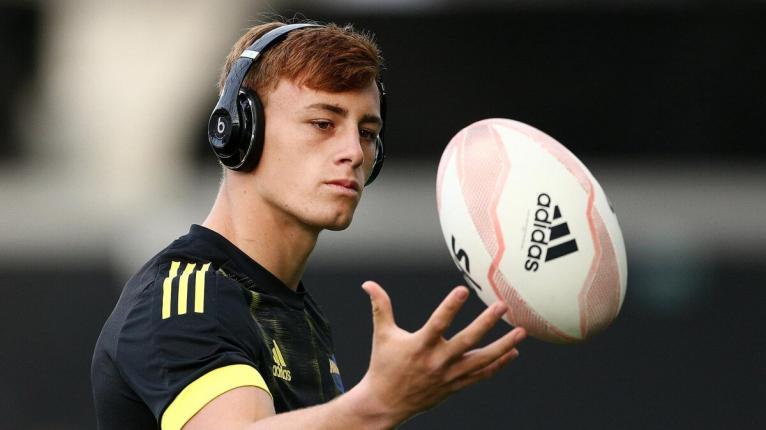
This time last year Love was preparing to ply his trade in the Wellington club rugby scene whilst training as a full-time professional. Fast forward less than two months into that season and he was the Hurricanes’ starting 10. The highly-touted prospect out of Palmerston North Boys’ High spent the majority of his time with Wellington Lions in last year’s Bunnings NPC at pivot and will look to have a greater influence in 2022 after being noticeably aided in the directing of the team by Jordie Barrett. Professional footy has come thick and fast at the youngster, but any player will tell you that time in the saddle is invaluable. He should get a lot of it this year.
11. Salesi Rayasi
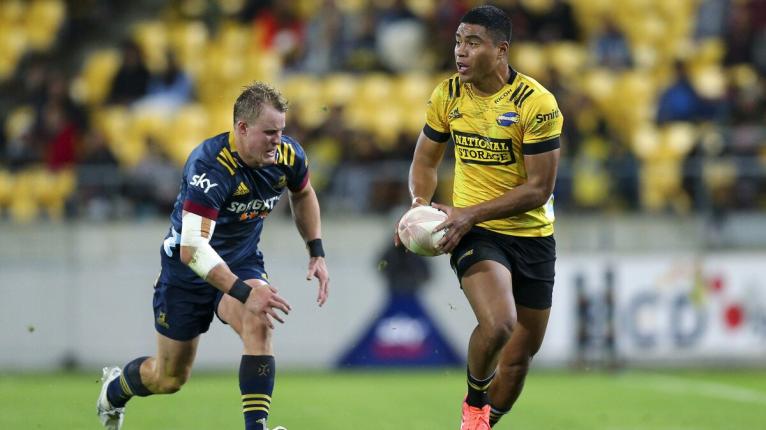
Hurricanes fans had been pleading for the coaches to give Rayasi more time on the flanks and the former All Blacks Sevens rep didn’t disappoint with the chances given to him. While his strike-rate may not be quite as high as others in the outside backs, what sets him apart is his build and skill set. He has the size and speed desired for a finisher while also possessing the ball skills both before and after contact. Throw in a tidy left boot and you have all the makings of modern-day outside back. The key for the Hurricanes will be feeding him front-foot ball. If that happens, don’t be surprised if his name pops up around the same time Ian Foster’s decisions are back in the news.
12. Peter Umaga-Jensen
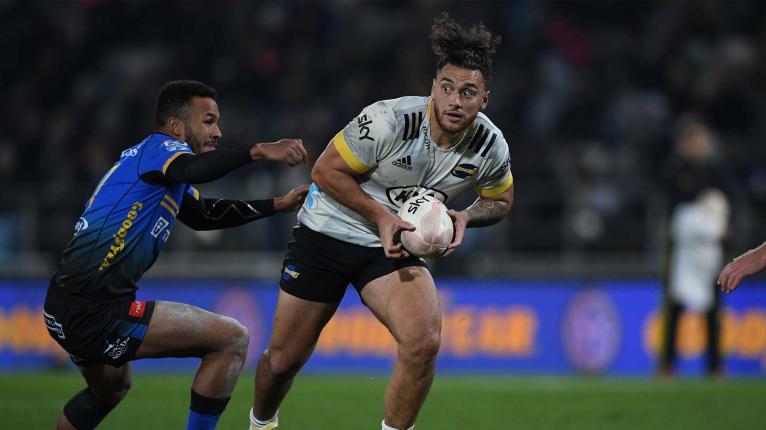
The departure of Ngani Laumape was a tough pill to swallow for many Hurricanes supporters. The human wrecking ball opted to take his talents to France after being low-balled by NZR and seemingly falling out of favour with the national coaches. Fortunately for Jason Holland, he can call on another All Black to occupy inside centre, who for whatever reason didn’t get a lot of chances in 2021. The Hurricanes will likely task Umaga-Jensen with carting the ball up the same channels as his predecessor, but in their new 12 they have a more adept line runner and offloader after contact. There’s a reason why he was called into the national set up in 2020 and this season is a more than opportune time to throw his name back in the hat.
13. Billy Proctor
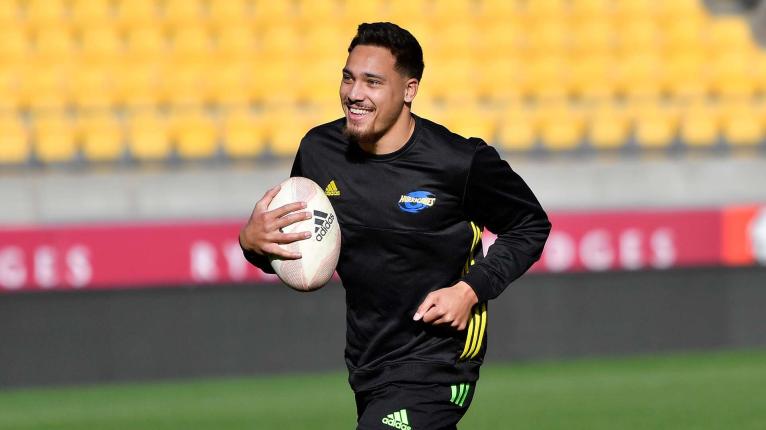
It’s rare to see five-year deals handed out at this level and it’s even more uncommon for them to be handed to an unproven teenager. The former age-grade star and current MAori All Black has spent half of that contract learning from the likes of All Black Ngani Laumape and older brother Matt Proctor, before being rewarded for his patience with consecutive starts in 2021. He did struggle defensively at times and you’d expect a player of his pedigree to be scarier with ball in hand, but that’s usually the case for most young centres. The game should slow down for him with being another year wiser and hopefully that means we get to see the best Billy Proctor to date.
14. Julian Savea
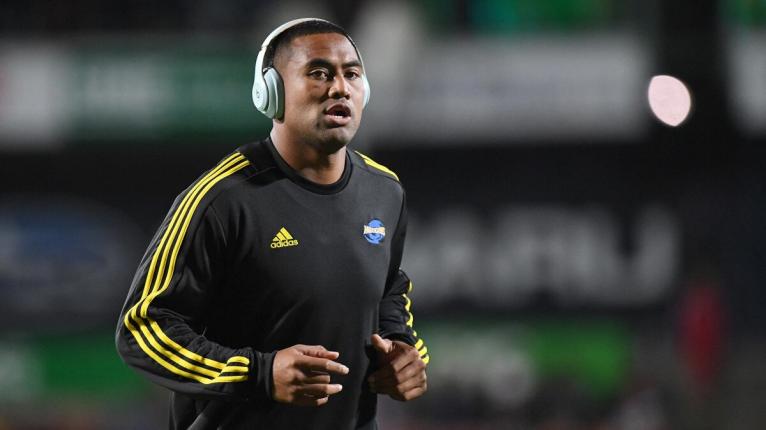
Julian Savea’s return to Super Rugby last year was a head turner as many thought his best days were past him. While the latter may be true, the former All Black by no means looked out of place and even wound back the clock in adding another five tries to what was an already impressive tally (55 dots in 130 appearances). The Bus has also made it known that he wouldn’t mind spending time in the midfield should the coaching staff require it, which could bode well for parties if he’s looking to get more involved and the Hurricanes are struggling to get over the gain line. For now though, Savea will be concentrating on holding his place out wide with the likes of Wes Goosen nipping at his heels.
15. Jordie Barrett
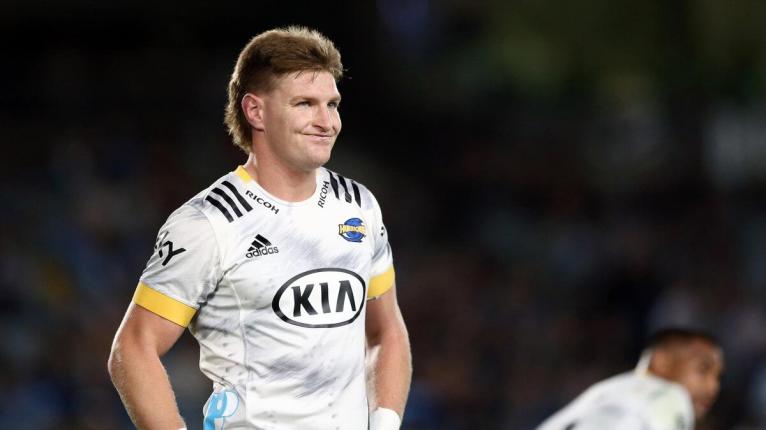
Playing alongside his brother was one of the many reasons Jordie Barrett decided to take his talents to the capital, so you would have thought his sibling switch allegiances would negatively impact his performance. However, he was arguably the biggest winner of the maligned move as he moved up the pecking order and was handed the baton to conduct the show. As integral as Ardie Savea and Dane Coles to their team’s plans, the threat their fullback poses as a playmaker and off the tee has him pegged as their most influential figure. What’s even scarier for opposing teams is that he’s far from a finished product. While not needed, the Hurricanes wouldn’t be averse to a more well-rounded version of the youngest Barrett brother.










































Comments on RugbyPass
It’s not up to Wales to support Georgian Rugby. That’s up to International Rugby and Georgia. I sympathise with Georgia’s decent attempt to create this fixture. But for Wales the proposed match up is just a potential stick to beat them with and a potential big psychological blow that young Welsh team doesn’t need. (I’m Irish BTW.)
2 Go to commentsCale certainly looks great in space, but as you say, he has struggled in contact. At 23 years old, turning 24 this year, he should be close to full physical maturity and yet there exists a considerable gap in the power and physicality required for international rugby. Weight doesn’t automatically equate to power and physicality either. Can he go from a player who’s being physically dominated in Super rugby to physically dominating in international rugby in 1 or 2 years? That’s a big ask but he may end up being a late bloomer.
28 Go to commentsIf rugby wants to remain interesting in the AI era then it will need to work on changing the rules. AI will reduce the tactical advantage of smart game plans, will neutralize primary attacking weapons, and will move rugby from a being a game of inches to a game of millimetres. It will be about sheer athleticism and technique,about avoiding mistakes, and about referees. Many fans will find that boring. The answer is to add creative degrees of freedom to the game. The 50-22 is an example. But we can have fun inventing others, like the right to add more players for X minutes per game, or the equivalent of the 2-point conversion in American football, the ability to call a 12-player scrum, etc. Not saying these are great ideas, but making the point that the more of these alternatives you allow, the less AI will be able to lock down high-probability strategies. This is not because AI does not have the compute power, but because it has more choices and has less data, or less-specific data. That will take time and debate, but big, positive and immediate impact could be in the area of ref/TMO assistance. The technology is easily good enough today to detect forward passes, not-straight lineouts, offside at breakdown/scrum/lineout, obstruction, early/late tackles, and a lot of other things. WR should be ultra aggressive in doing this, as it will really help in an area in which the game is really struggling. In the long run there needs to be substantial creativity applied to the rules. Without that AI (along with all of the pro innovations) will turn rugby into a bash fest.
24 Go to commentsSouth Africa rarely play Ireland and France on these tours. Mostly, England, Scotland and Wales. I wonder why
1 Go to commentsIt was a let’s-see-what-you're-made-of type of a game. The Bulls do look good when the opposition allows them to, but Munster shut them down, and they could not find a way through. Jake should be very worried about their chances in the competition.
2 Go to commentsHats off to Fabian for a very impressive journey to date. Is it as ‘uniquely unlikely’ as Rugby Pass suggests, given Anton Segner’s journey at the Blues?
1 Go to commentsSad that this was not confirmed. When administrators talk about expanding the game they evidently don’t include pathways to the top tier of rugby for teams outside of the old boys club. Rugby deserves better, and certainly Georgia does.
2 Go to commentsLions might take him on if they move on Van Rooyen but I doubt he will want to go back, might consider it a step backwards for himself. Sharks would take him on but if Plumtree goes on to win the challenge cup they will keep him on. Also sharks showing some promising signs recently. Stormers and Bulls are stable and Springboks are already filled up. Quality coach though, interesting to see where he ends up
1 Go to commentsAnd the person responsible for creating a culture of accountability is?
3 Go to commentsMore useless words from Ben Smith -Please get another team to write about. SA really dont need your input, it suck anyway.
264 Go to commentsThis disgraceful episode must result in management and coach team sackings. A new manager with worse results than previous and the coaching staff need to coached. Awful massacre led by donkeys.
1 Go to commentsInteresting article with one glaring mistake. This sentence: “And between the top four nations right now, Ireland, France, South Africa, and New Zealand…” should read: And between the top four nations right now, South Africa, Ireland, New Zealand and France…”. Get it right wistful thinkers, its not that hard.
24 Go to commentsHow did Penny get the gig anyway?
3 Go to commentsNice write up Nick and I would have agreed a week ago. However as you would know Cale & co got absolutely monstered by the Blues back row of Sotutu, Ioane and Papaliti and not all of these 3 are guaranteed a start in the Black jumper. He may need to put some kgs before stepping up, Spring tour? After the week end Joe will be a bit more restless. Will need to pick a mobile tough pack for Wales and hope England does the right thing and bashes the ABs. I like your last paragraph but I would bring Swinton, Hannigan into the 6 role and Bobby V to 8
28 Go to commentsThe Crusaders can still get in to the Play Off’s. The imminent return of outstanding captain Scott Barrett and his All Black team mate Codie Taylor will be a big boost.There are others like Tamaiti Williams too. Two home games coming up. Fellow Crusader fans get there and support these guys. I will be.
2 Go to commentsCant get more Wellington than Proctor.
2 Go to commentsWhy not let the media decide. Like how they choose the head coach. Like most of us we entrust the rugby system to choose. A rugby team includes the coaches. It's collective.
14 Go to commentsHi NIck, I have been very impressed with him and he seems a smart player who can see opportunities which Bobby V _(who must be an international 6_) doesn’t see or have the speed to take advantage of. If he continues to improve and puts on 5kgs then he could be a great 8. He is a bit taller than Keiran Reid at 1.93m and 111 kgs, so his skill set fits his body size and who knows where it will lead. I hope the spate of Achilles tendon issues have been dealt with by the S&C people. It’s been a very long time since Mark Loane and Kefu stood out at 8. The question is will we be able to hold onto him, if he does make it he will be pretty hot property. I disagree with the idea of letting them go to the Northern Hemisphere and then bring them back.
28 Go to commentsBilly Fulton 🤣🤣🤣🤣 garrrmon not even close
14 Go to commentsDoes the AI take into account refs? hahaha Seriously why not have two on field refs to avoid bias?
24 Go to comments